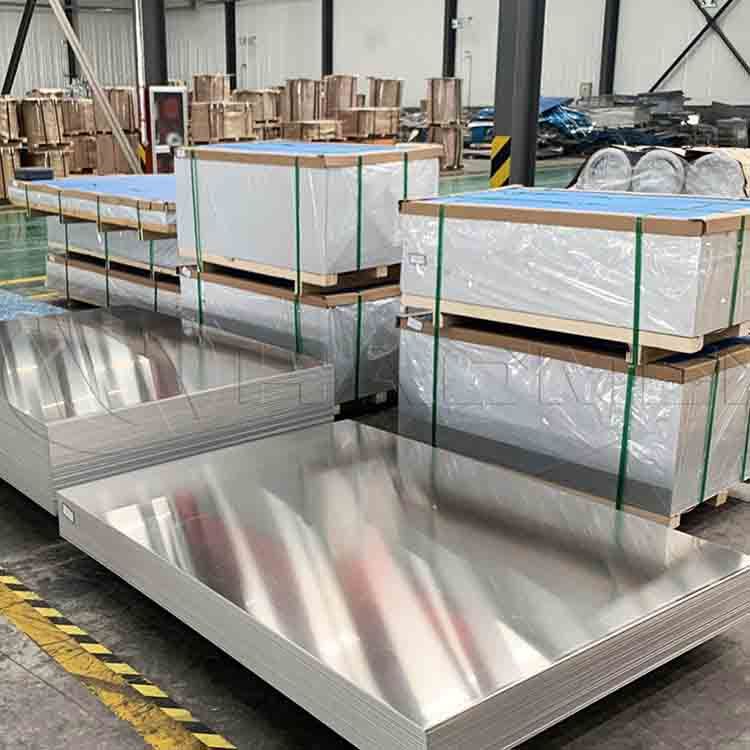Get in touch
-
Email:
sale@alumhm.com -
Tel/whatsapp:
+86-15978414719 -
Fax:
+86-0371-65621393 -
Address:
No.14 Waihuan Road, CBD, Zhengzhou, China -
Website:
https://www.aluminium-auto-sheet.com
Analysis of Vehicle Body Lightweight Materials and Connection Technology
Body design includes seven major elements as shown below - safety, durability, NVH, functionality, craftsmanship, cost and weight. Among them, safety, NVH, and durability represent body performance; the evaluation standard of body design quality depends on the balance between these seven elements.
Minimal cost, weight and process investment are used to achieve optimal safety, NVH performance, durability and achieve corresponding body functions. It can be seen that the lightweight design of the car body is not simply a weight reduction of the car body, but a systematic balanced design that is closely linked to the body performance design.

Automobile lightweight technology is the integrated application of structural design, materials, and processes. The main approaches are:
(1) Optimized design (such as advanced frame structure body design)
(2) High-strength structural materials (such as automotive aluminum plate)
(3) Advanced manufacturing processes (such as sheet/tube hydroforming technology)
1. Lightweight materials
The ever-increasing number of high-strength and lightweight materials used in car bodies are mainly high-strength steel and ultra-high-strength steel, aluminum alloys, magnesium alloy engineering plastics and composite materials.
High strength steel
High-strength steel is mainly used in interior and exterior panels and structural parts of the vehicle. At the same time, high-strength steel can effectively improve the passive safety of the vehicle body. Advanced high-strength steel is used in ultra-light steel automobile bodies and advanced concept cars. It has good application prospects in weight reduction, energy saving, improving safety, and reducing emissions. Although it faces challenges such as springback during molding, high-strength steel is still the most cost-effective and attractive material compared to other alternative materials.
Aluminum alloy
Aluminum alloy has become the second most popular automotive metal material after steel, and can provide various aluminum alloy castings, stamped structural parts and extruded aluminum profiles for automobiles.
Compared with automobile steel plates, aluminum alloys have the advantages of low density (2.7g/cm3), high specific strength, corrosion resistance, good thermal stability, easy to form, recyclable and mature technology, but there are also shortcomings such as low elongation, difficulty in forming, complex preparation process, poor welding performance, and relatively high cost. At present, the models that use more aluminum alloys tend to be mid-to-high-end cars.
Aluminum alloy sheets used for automobile bodies include: Al-Mg (5000 series) and AlMg-Si (6000 series). Currently, the most commonly used aluminum alloy automobile plate models in the world are: AA6016, AA6022, AA6111, AA6005, AA6009 and AA6010, AA5182, AA5754, AA5052, etc.
Magnesium alloy
At present, magnesium alloys are mainly used in steering wheel frames in car bodies. Components such as instrument panel frames and seat frames have not yet been mass-produced in body-in-white structural parts.
Composite materials
At present, there is an urgent need for the development of lightweight automobiles. From a comprehensive consideration of cost and performance development, resin-based carbon fiber reinforced composite materials are the first choice for composite materials that can be used for body structural parts. However, there are currently disadvantages such as high cost and long molding cycle.
2. Connection technology
At present, automobile connection methods include welding, riveting, screw connection, and adhesive connection. Due to the use of lightweight materials such as aluminum alloys, high-strength steel, and composite materials, traditional welding is no longer applicable and new connection methods are needed.
